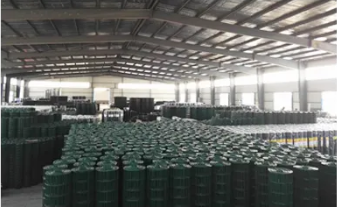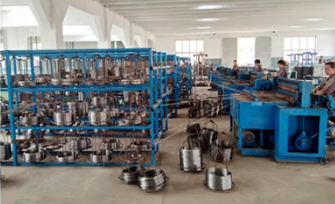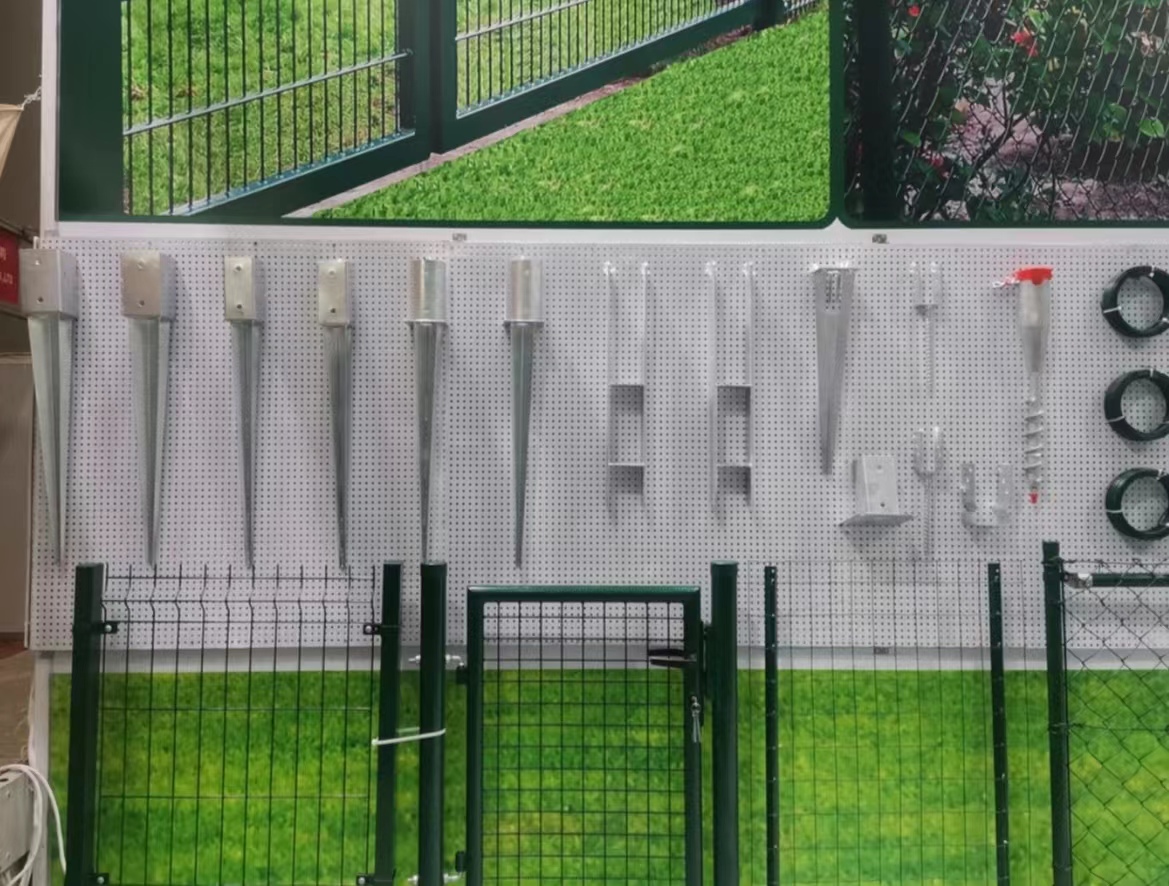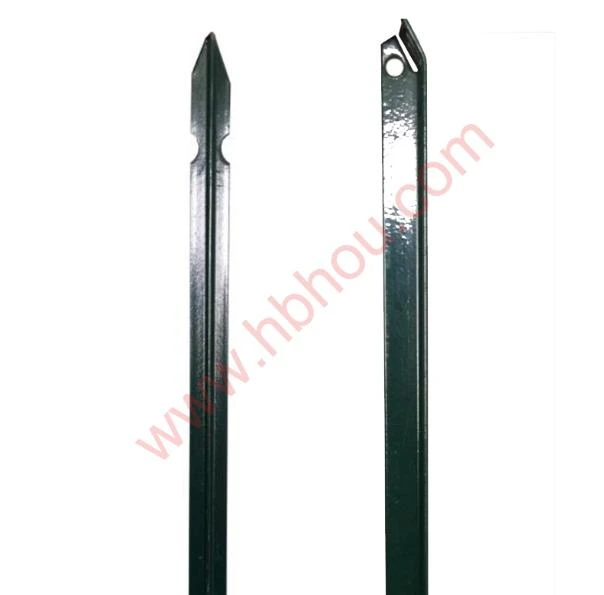The Coil of Barbed Wire A Symbol of Protection and Division
In various contexts, barbed wire serves as both a physical barrier and a metaphor for division. Its coiled design, with jagged spikes protruding from twisted metal, evokes a visceral reaction, reminding us of the complexities of security, privacy, and isolation. From its origins in the late 19th century to its contemporary applications, the coil of barbed wire represents humanity’s desire to protect while simultaneously highlighting societal divides.
The invention of barbed wire is credited to Joseph Glidden, who patented his design in 1874. It revolutionized fencing, particularly in the American West, where cattle ranchers needed an efficient way to contain their livestock. The barbed wire allowed for the establishment of boundaries over vast stretches of land, enabling farmers to protect their crops and property from intruding animals. The ease of use and cost-effectiveness of barbed wire led to its rapid adoption, transforming the landscape and social dynamics of rural America.
However, the coil of barbed wire soon came to symbolize more than just agricultural utility; it became an instrument of division. During the First World War, barbed wire was deployed extensively in trench warfare, serving as a physical barrier to thwart enemy advances. The sight of coiled wire on the battlefield added to the horrors of war, creating a stark image of not only physical obstruction but also the emotional and psychological barriers that conflict creates.
coil of barbed wire

In modern times, barbed wire is frequently associated with prisons, militarized zones, and border fences. These installations reflect a heightened emphasis on security, often manifested through fear and suspicion. For many, the coil of barbed wire serves as a stark reminder of oppression, confinement, and the struggles for freedom. In some regions, it delineates borders where people seek refuge from violence, poverty, and persecution, and it stands as a barrier to dreams of a better life.
Beyond its practical uses, the coil of barbed wire also inspires a rich tapestry of symbolic meanings. Artists and writers often employ it to represent the concept of the other — that is, the separation between groups, whether social, political, or cultural. It can symbolize the fragility of peace in a world that often turns to walls and barriers instead of bridges. The juxtaposition of a coiled form, which suggests containment, alongside the expansiveness of human aspiration, highlights the tension between protection and division.
In the realm of art, barbed wire has been used as a medium for expressing these complex themes. Artists have incorporated it into installations and sculptures to evoke emotions surrounding confinement, control, and liberation. For instance, using coils of barbed wire in a creative context can elicit powerful responses, prompting audiences to reflect on their perceptions of safety, threat, and the human condition.
In conclusion, the coil of barbed wire is far more than a mere physical object; it is a multifaceted symbol steeped in history and meaning. Its journey from a practical fencing solution to an emblem of division and conflict encapsulates the paradox of human society — where the desire for security can simultaneously create barriers that isolate and divide. In our ongoing quest for safety and connection, the coil of barbed wire serves as a reminder of the thin line between protection and exclusion, urging us to consider how we build the fences that define our lives and our communities.
















